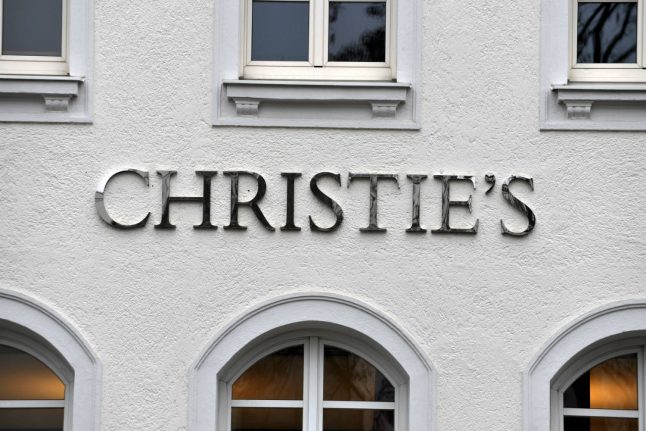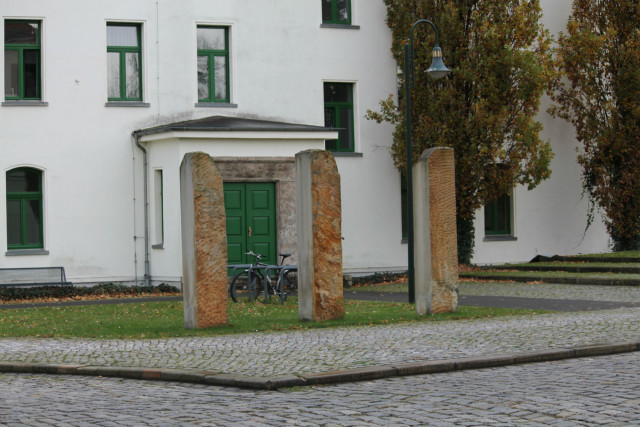The paintings looted after the 1940 fall of France were returned to their owners by the Monuments Men, the allied organization responsible for protecting treasures during World War II.
Auction house Sotheby's, where the paintings are on view until Thursday's sale, said two of the works still bear scrawls from the Nazis that document their stolen origin.
Under the hammer as a single lot valued at $300-500,000 are a pair of paintings by 18th-century French painter Jean-Baptiste Pater that were pilfered for Goering's private collection.
The Nazi was Adolf Hitler's right-hand man. He was commander of the Luftwaffe air force and founded the Gestapo secret police.
Sotheby's said the canvases, "La cueillette des roses" and "Le musicien" were stolen from the French branch of the Rothschild banking dynasty after the fall of France in 1940.
They were recovered by the Monuments Men at the end of the war and given back to the Rothschild family to whom they belonged until their current owner.
For $150-200,000 Sotheby's is offering a 15th-century panel, "Triumph of Marcus Furius Camillus" by Apollonio di Giovanni, also stolen from the French Rothschilds.
The Nazis marked the back with BoR 58. According to Sotheby's, the Monuments Men found the painting stashed in a monastery in Bavaria and returned it to the Rothschild family shortly after the war.
The fourth painting is a view of Venice by 18th-century painter Francesco Guardi, valued at $200-300,000.
It was previously owned by French fashion designer and collector Jacques Doucet, but was stolen by the Nazis from the widow of French banker Andre Louis-Hirsch in October 1941.
The Nazis scrawled Hirsch 8 on a wooden stretcher on the back of the canvas before it too was returned to its owners in 1946.
Sotheby's sale comes a week before the US release on February 7th of George Clooney's Nazi-era art thriller "The Monuments Men."
Oscar winner Clooney stars and directs the star-studded comedy-drama based on the true story of a US platoon charged with rescuing priceless artworks from the Nazis during World War II.
The unit portrayed in the film, comprised of seven museum directors, curators and art historians, was tasked with recovering masterpieces behind enemy lines and returning them to their rightful owners.
Clooney co-wrote the script and assembled a cast that includes Matt Damon, Cate Blanchett and Bill Murray.




 Please whitelist us to continue reading.
Please whitelist us to continue reading.
Member comments